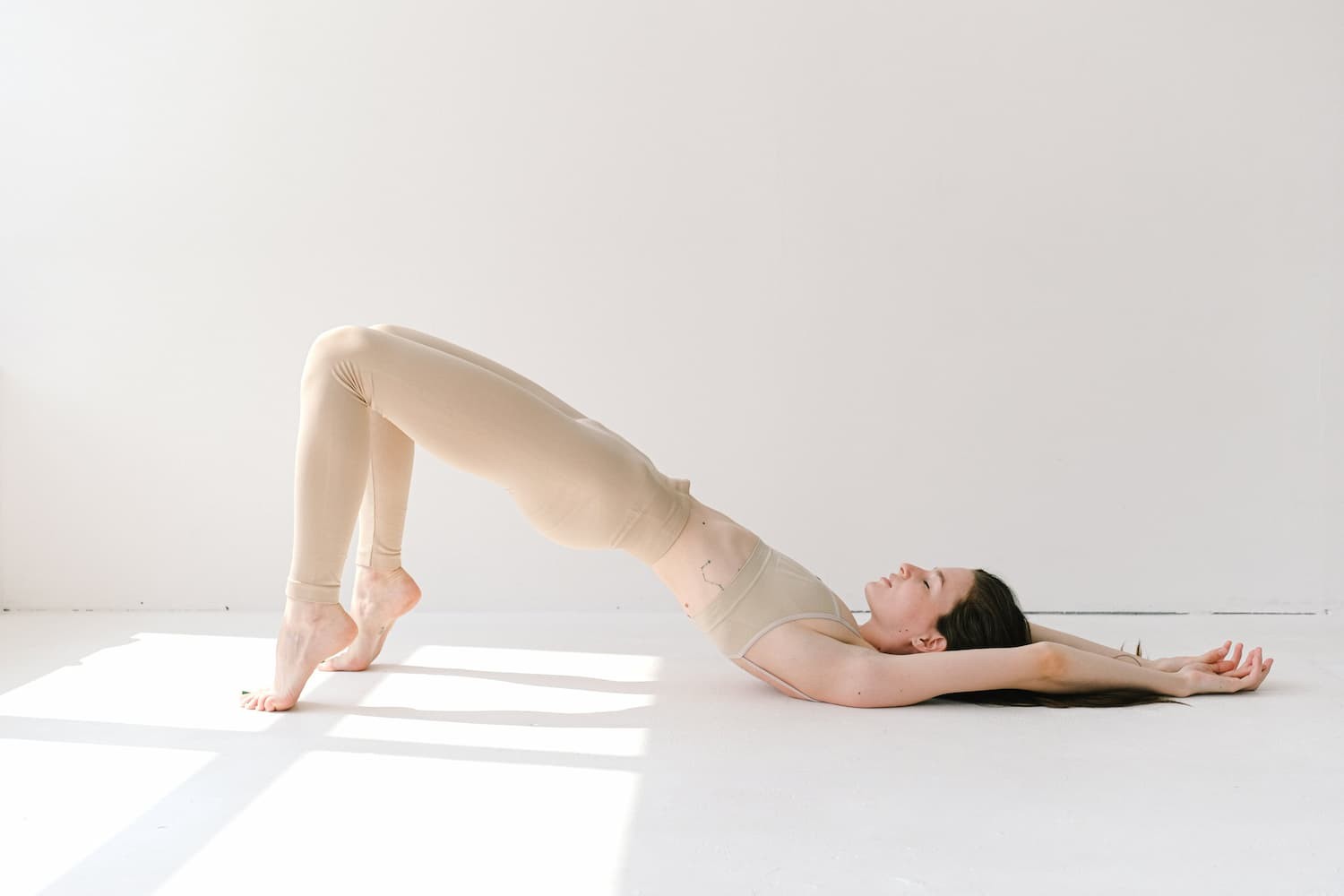
Sivananda yoga was developed by Swami Vishnudevananda, a disciple of Swami Sivananda for whom this style of yoga was named. Sivananda yoga follows a set structure that includes postures or asanas, breathing, relaxation, diet and positive thinking.
Sivananda yoga is a branch of hatha yoga, which focuses on the physical practice of different styles of yoga. There are many different types of yoga and Sivananda yoga is just one variation that emphasises the health benefits of yoga postures rather than the more spiritual aspects experienced in other types of yoga.
Sivananda yoga's basic premise is that if one practises the basic asanas along with proper yogic diet, habits and daily exercise, then ill health can be prevented or cured. Additionally, this yoga style includes techniques for controlling breathing to remove toxins from the body.
Principles of Sivananda
Yogic practices are traditionally classified into one of four paths, which are:
- Jnana Yoga – the yoga of wisdom
- Bhakti Yoga – the yoga of devotion
- Karma Yoga – the path of selfless service
- Raja Yoga – the royal yoga that involves the mind (hatha yoga is a branch of this yoga practice)
Sivananda takes from all of these four paths of yogic practice. This form of yoga also has five main principles that students are encouraged to follow. These include:
- Exercise – this is done through asanas or postures. The postures act to improve circulation and flexibility, but as well as the physical benefits; the postures provide mental benefits such as greater concentration and meditation.
- Breathing – also known as pranayama, breathing correctly connects the body to the solar plexus, in which a great deal of energy is stored. By breathing correctly, this energy is released and used for physical and mental rejuvenation.
- Relaxation – relaxing fully is an essential part of keeping the body and mind healthy. There are three levels of relaxation in this form of yoga – physical, mental and spiritual.
- Diet – students are encouraged to adopt a vegetarian diet in order to eat food that has the most positive effect on the body and does the least harm to the environment.
- Positive thinking and meditation – this is done to relieve stress, replenish energy, improve concentration and to achieve peace of mind and spiritual strength.
Benefits of Sivananda Yoga
Sivananda Yoga has been shown to have many health benefits, especially for people with chronic health conditions. This style of yoga improves blood circulation, increases immunity and lowers the risk of blood clots if practised regularly. Some of the conditions it is beneficial for include:
- Asthma
- Arthritis
- Diabetes mellitus
- Hypertension
- Back pain
- Headaches and migraines
- Obesity
- Hormonal imbalances
Regular practice of Sivananda yoga can prevent broken bones and other health issues that may complicate recovery. Incorporating it into your daily life will make you feel happier because it brings about a sense of accomplishment after completing each session. It also provides an uplifting atmosphere filled with positive energy. Sivanada yoga is not just about physical exercise, but about being one with oneself.
Sivananda yoga can be used as part of therapy or treatment, which reduces the need to take medication or undergo surgery for some patients. Sivananda yoga can be done by anyone regardless of age, gender or fitness level because no special equipment or clothing is required to practise it. You will only need a yoga mat to be able to carry out the yoga postures comfortably.
The Twelve Postures
The basic poses involved in the practice of Sivananda yoga aim to strengthen muscles, increase flexibility and balance coordination skills that are important for controlling falls in elderly population. The twelve basic postures in Sivananda yoga are:
- Headstand (Sirsasana)
- Shoulder stand (Sarvangasana)
- Plough (Halasana)
- Fish (Matsyasana)
- Forward bend (Paschimottanasana)
- Cobra (Bhujangasana)
- Locust (Shalabhasana)
- Bow (Dhanurasana)
- Spinal twist (Ardha Matsyendrasana)
- Crow pose (Kakasana) or peacock pose (Mayurasana)
- Standing forward bend (Pada Hastasana)
- Triangle (Trikonasana)
Source: Pinterest
Sivananda Classes
Participating in Sivananda yoga classes improves physical health while also providing mental relaxation. This type of yoga can help you feel more energised, sleep better at night and release negative thought patterns.
Sivananda yoga provides a moderate intensity workout and starts out quite forcefully. Students start by completing twelve sun salutations before going into the twelve postures that are outlined above. The postures are performed with breathing techniques. Chanting mantras are also employed and these are designed to work through the chakras.
Many people take up a Sivananda yoga class because it is an ideal way to strengthen the body and mind in preparation for more advanced yoga practices. Sivananda yoga is designed to be done every day for the rest of one's life because it combines physical, mental, emotional and spiritual benefits which are all important aspects of holistic health.
Start your yoga experience today by learning the core teachings of Sivananda yoga. You can sign up for a class in person or look for qualified online yoga teachers in your local area who can remotely guide you through the basic poses. With constant practice, Sivananda will provide you with the vital energy you need to achieve healthy living.
Originally published on May 28, 2007








